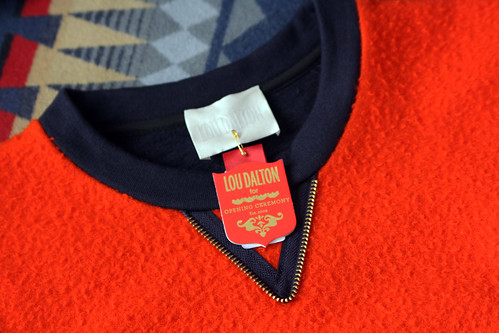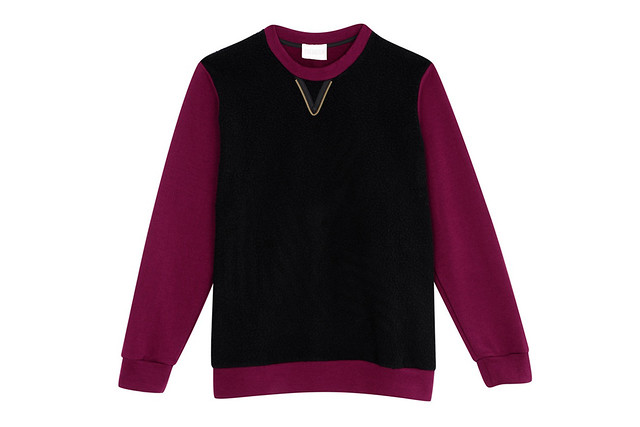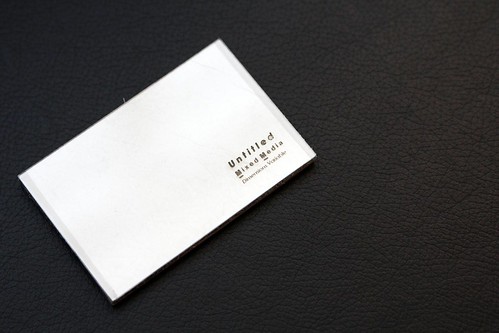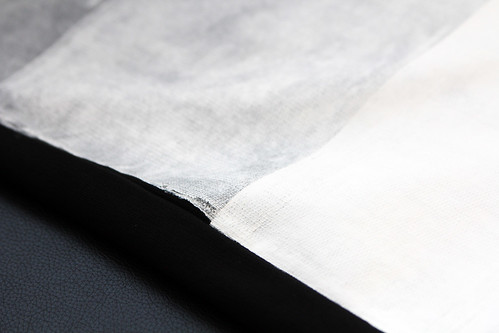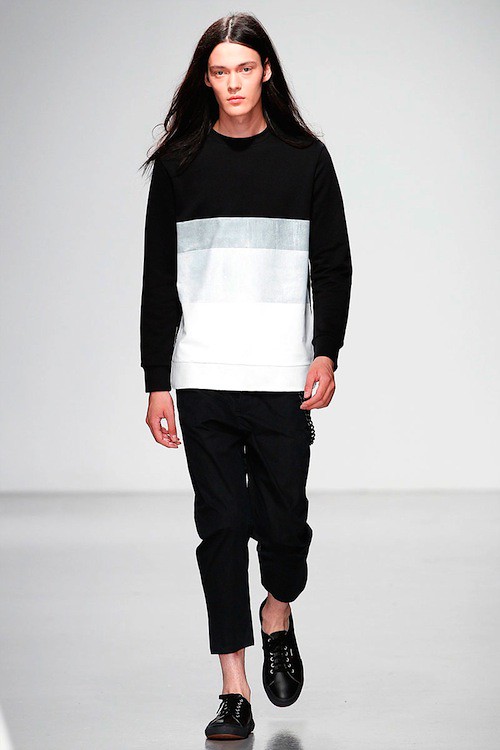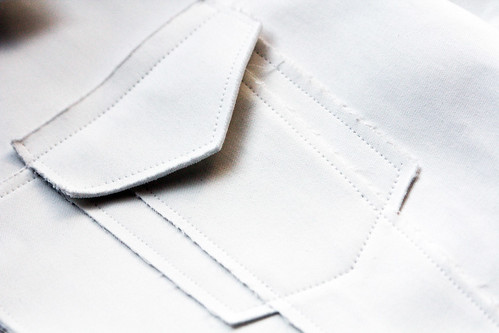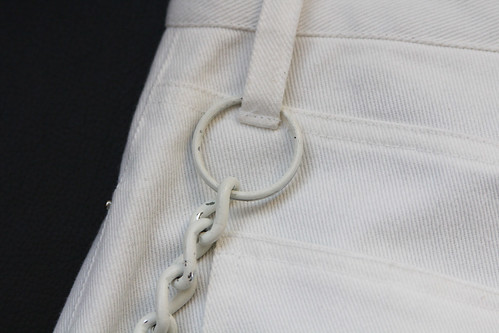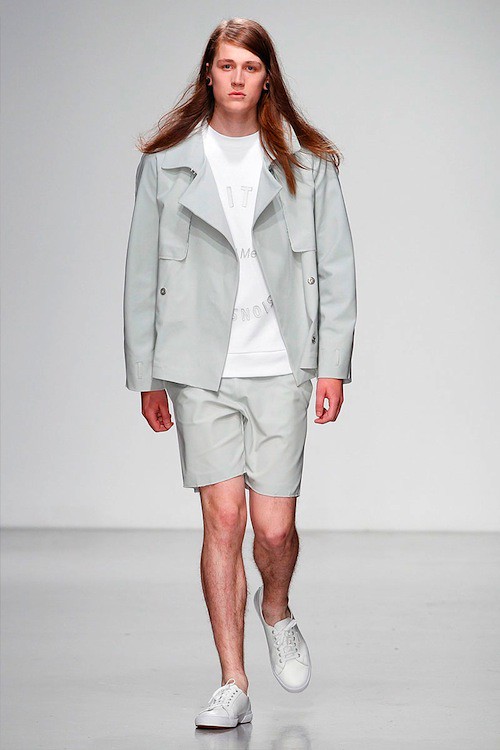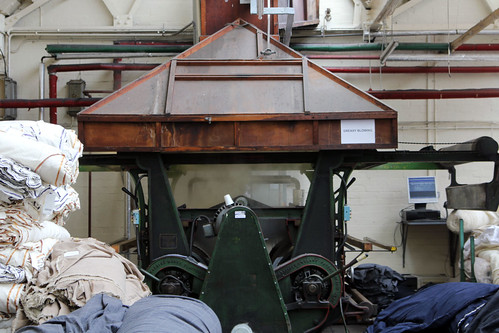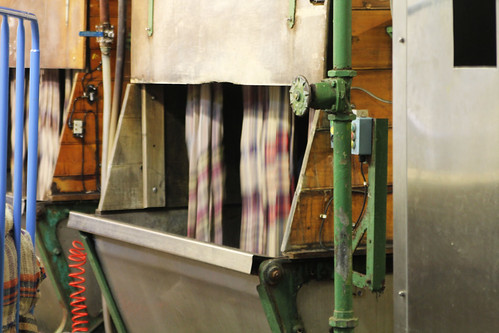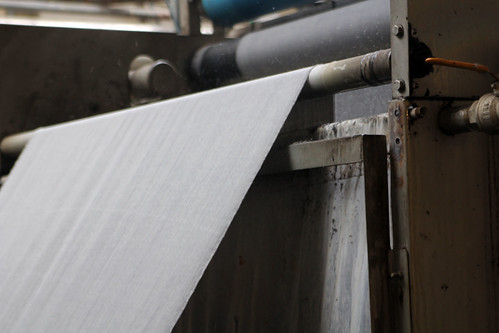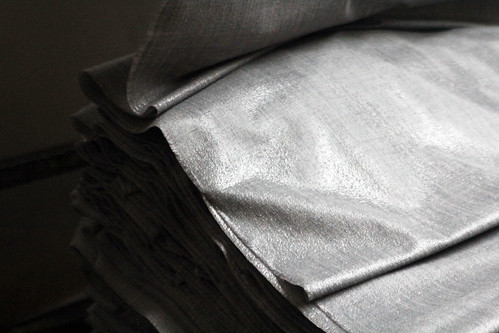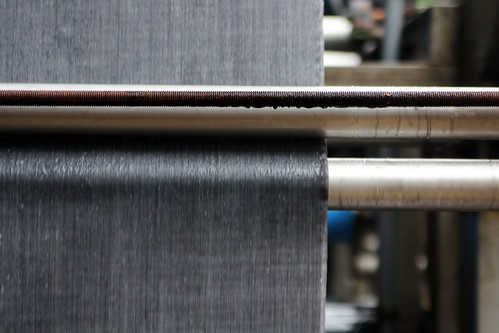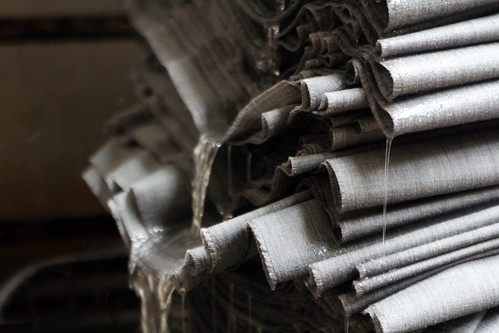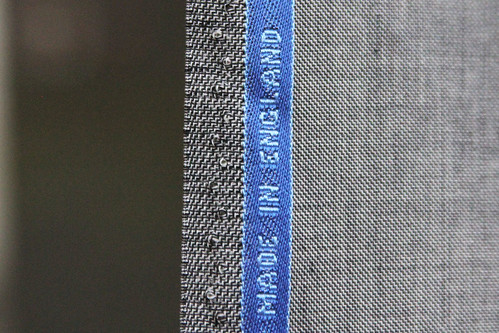"Having both the main line in Opening Ceremony as well as the capsule collection is great," Lou Dalton beams proudly over the Internet. "Both are very different, each say something different without compromise," she excitedly exclaims. Joining forces with the rousing retailer, the design talent takes our hands again, leads us across the border once more and we fall for the charms of her imagined rig of Zetland Oil all over again. Through Opening Ceremony's youthful filter, her autumn/winter 13 collection's sartorial sharpness softens and becomes that bit more sportier. As with her own collection, the collection's personal narrative falls seductively from the lips of the designer but here it feels like a fresh tale.
Having first been approached by Opening Ceremony for a series of London based designer capsules around the 2012 Olympics celebrating the store's arrival in the capital, Dalton chose to explore cycling and intricately incorporated house signatures into the sport whilst making a point of it feeling a little more commercial and easy-to-wear. Unsurprisingly, the collection went down a storm and with this in mind she approached Opening Ceremony earlier this year to do something similar and this latest collection evolved from these speculative conversations.
"I enjoyed creating a fictional Oil Company called "Zetland Oil" for autumn/winter 13. 'Zetland' is an old Nordic term for Shetland. Shetland is such an inspiration to me. As you know I met the Haigh there (Justin Haigh, Lou's fella of 10 years) who just so happens to work for an oil company that has an oil port in Shetland. The other logos used within the designs are all inspired by oil company branding from in around the late 70s mid 80s but re-worked and all carrying reference to Lou Dalton, either the year I was born or Shetland itself.
When I first discussed the ideas for the range with Opening Ceremony and the t-shirt prints in particular, we all agreed on the idea of making them take on a sporty mood. I looked at making them appear quite Motor Cross branded. For me, it was integral to incorporate the store's branding into the capsule as much as my own. As the collection was to be a little easier-to-wear and even more accessible than the Lou Dalton main line, I kept it easy and quite relaxed. However, I did want to give it a strong reference to the Lou Dalton main line and did so by introducing one of the fabrics we had used on the autumn/winter 13 mainline which was a particular favourite of mine, this being a cloth that I refer to as Bobble. This cloth came in a whole ray of colours but for Opening Ceremony, we kept it to a tomato orange, bordeaux and black. Throughout, this collection felt very natural. I always believe that if it feels forced then you should just leave it and move on. Opening Ceremony are so great to work with, they understand and appreciate design and its end use without it becoming to banal."
The capsule collection includes caps, t-shirts, jogging bottoms and sweatshirts.
Opening Ceremony's ever evolving relationship with some of my favourite London design talent, mixing straight main line season buys and really considered capsule collections, the fruits of which manage to balance the aesthetics of everyone involved perfectly, shows the way for other stores to follow. Meanwhile, Lou Dalton is sketching a fine blueprint that other designers can look to for inspiration. Since launching her own line in 2005, Dalton has refined a well crafted reputation for rebellious English sportswear with a keen eye for and attention to detail whilst establishing herself as the real shining starlet of British Menswear. As London menswear has demanded an ever increasing presence at London Fashion Week and respect far beyond the perimeter of the capital, evolving from an afternoon in to three full days of shows, presentations, previews, installations and exhibitions under the umbrella of London Collections: Men, she has matured in the spotlight, built a brand and helped pave the way forward. Long may Lou Dalton continue to strive forward and here's hoping more follow.

